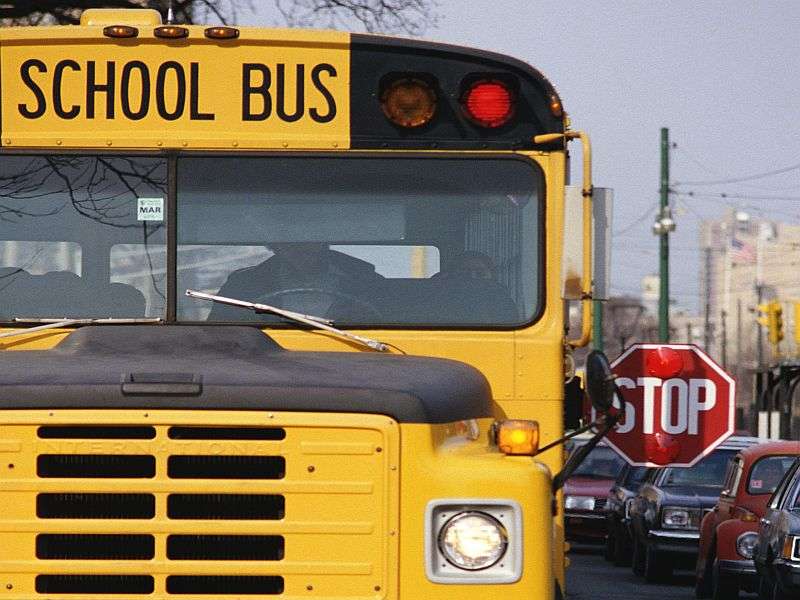(HealthDay)—Exercise and healthy nutrition can be hard to come by at U.S. schools that serve mainly Hispanic students, according to a new report.
This increases kids' risk of obesity, researchers say.
"Healthy school environments are paramount for the proper development of Latino kids, given the rising percentage of Latino students enrolled in public schools and their high rates of obesity," said Amelie Ramirez, of the Institute for Health Promotion Research at the University of Texas Health Science Center at San Antonio.
Ramirez is also director of Salud America!—a national Hispanic child obesity prevention network.
For the study, Ramirez and her colleagues reviewed research published since 2008 and found that schools with a majority of Hispanic students tend to offer fewer physical activity programs or facilities than schools where white students are in the majority.
Also, Hispanic children are less likely than other kids to take part in organized sports or after-school programs, and are more likely to be inactive, the researchers found.
In addition, compared to white-majority schools, Hispanic-majority schools tend to have weaker rules on school snacks and drinks, are less likely to implement nutritional guidelines, and are more likely to be surrounded by fast-food restaurants and stores that sell snacks, the study found.
This matters because the closer schools are to fast-food restaurants, the greater the rates of overweight and obesity among Hispanic students, according to the report.
Nearly 40 percent of Hispanic children aged 2 to 19 are overweight or obese, compared with 28.5 percent of white children in that age group, the researchers pointed out.
"Supporting nutrition and physical activity in schools builds a culture of health where everyone is empowered to live the healthiest lives they can," Ramirez said in a university news release.
A number of school policies can improve nutrition and increase physical activity among Hispanic students, the report suggested. These include: reducing access to unhealthy snacks and drinks; stricter nutrition standards for school snacks; removing sugary drinks; offering structured physical activity programs during and after school; and making it safer for students to walk and cycle to school.
The percentage of Hispanic students enrolled in U.S. public schools is growing and expected to reach an estimated 30 percent by 2023, according to background notes with the report.
More information: The American Heart Association outlines how to prevent childhood obesity.
Copyright © 2016 HealthDay. All rights reserved.



















